
Introduction: Egypt’s Gods and Goddesses
Egypt’s Gods and Goddesses Ancient Egypt, often regarded as one of the most fascinating and enduring civilizations in history, flourished along the fertile banks of the Nile River for thousands of years. This ancient culture left an indelible mark on human history, renowned for its monumental architecture, sophisticated art, and intricate religious beliefs
Central to the fabric of ancient Egyptian society was the paramount significance of religion and mythology. Religion permeated every aspect of life, shaping societal norms, governance, and cultural practices. It wasn’t merely a set of beliefs, but an intricate system intertwined with the daily existence of Gods and Goddesses.
Egypt’s Gods and Goddesses, At the core of this religious framework were the gods and goddesses that comprised the Egyptian pantheon. These divine beings were not just distant figures but central to the lives of the ancient Egyptians, governing various aspects of existence from the cycles of nature to the afterlife of Egypt’s Gods and Goddesses.
Egypt’s Gods and Goddesses, were revered as powerful entities, each associated with specific attributes, functions, and symbols. Among them stood Ra, the sun god and creator deity, embodying the life-giving force of the sun. Osiris, lord of the afterlife, represented the resurrection and the eternal cycle of life and death. Isis, the goddess of magic and motherhood, was revered for her nurturing and protective nature of Egypt’s Gods and Goddesses.
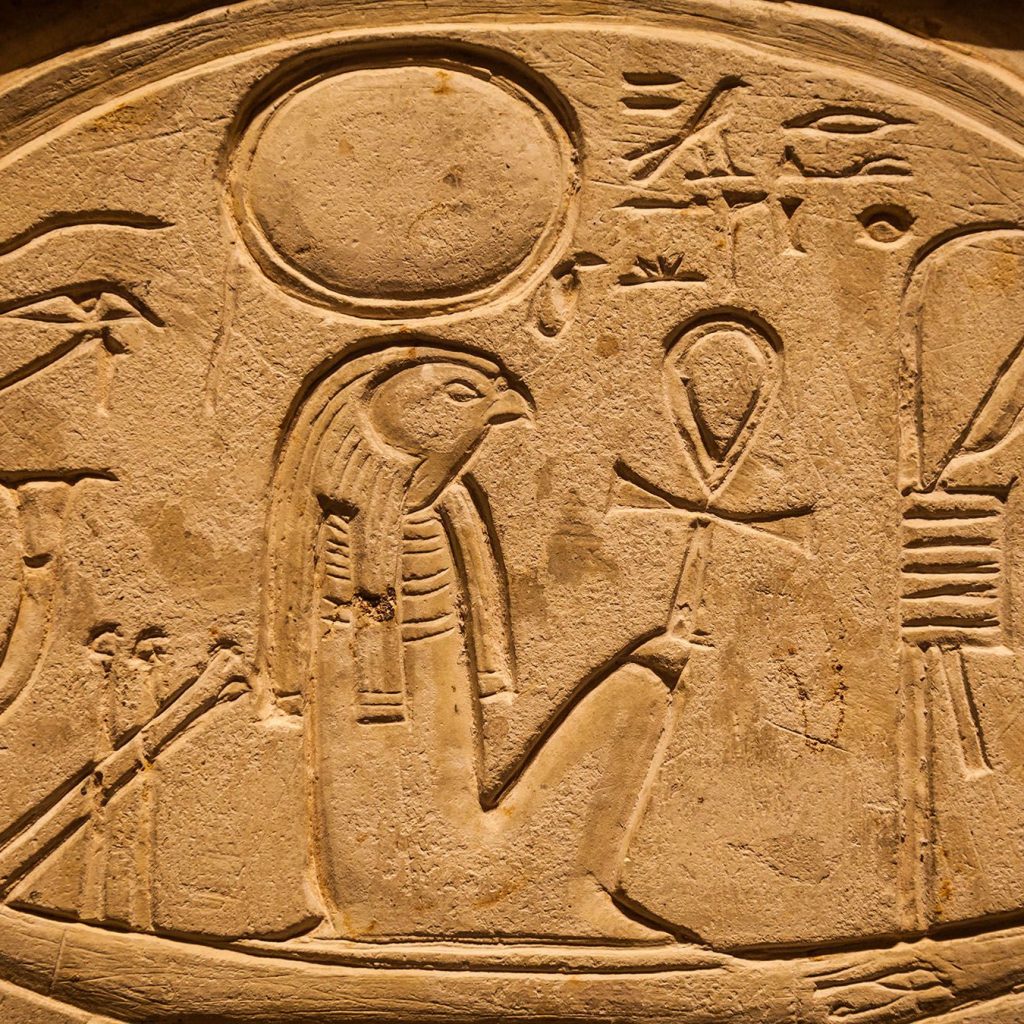
The significance of these deities extended beyond religious rituals. They were intricately woven into the art, architecture, and societal norms of Ancient Egypt. Temples dedicated to these gods were architectural marvels, serving as centers of worship and hubs of economic and administrative activities.
Moreover, and belief in the afterlife heavily influenced burial practices and the construction of elaborate tombs and pyramids. The complex rituals surrounding death and the concept of ma’at (the cosmic order) were deeply intertwined with the understanding of the divine Egypt’s Gods and Goddesses.
In essence, the gods and goddesses were the keystones of ancient Egyptian culture, providing a framework for understanding the world, guiding moral conduct, and offering hope for an eternal existence beyond earthly life. Their significance resonated in every facet of society, portraying a civilization deeply entrenched in spiritual reverence and mythological grandeur.
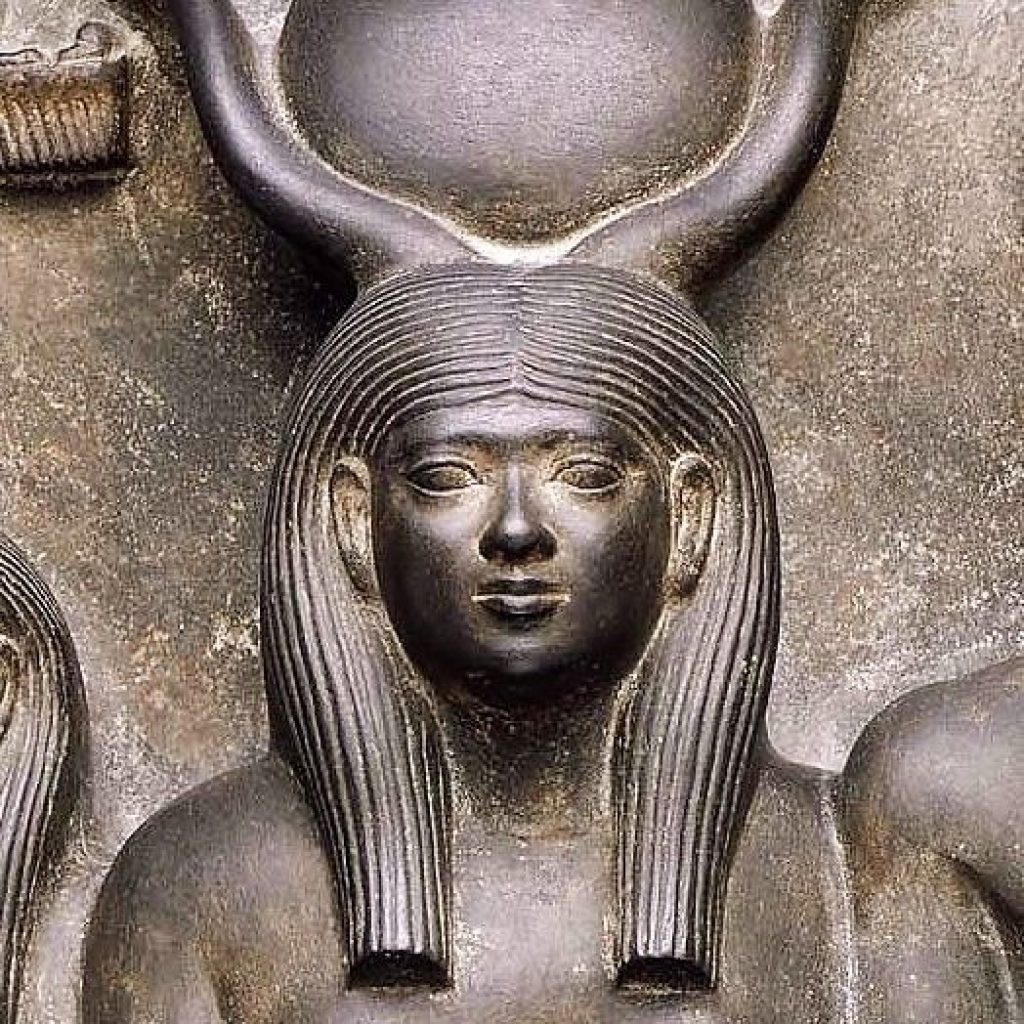
Overview of Prominent Deities: Egypt’s Gods and Goddesses
- Ra, the Sun God:
Ra was a significant deity, symbolizing the sun and its life-giving properties. Often depicted with a sun disk on his head, Ra was revered as the creator god and a symbol of power. - Osiris and Isis: Life, Death, and Resurrection:
Osiris, associated with the afterlife and resurrection, symbolized renewal and the cycle of life and death. Isis, his wife, was known for her magical abilities and was revered as a mother figure. - Horus, God of Kingship and the Sky:
Horus was linked to the sky and often depicted as a falcon. He was considered the god of kingship, embodying the ideal pharaoh, and was associated with protection and victory. - Anubis, Guardian of the Afterlife:
Anubis had a vital role in the afterlife, overseeing mummification and guiding souls through the underworld. Often depicted as a jackal or a man with a jackal head. - Hathor, Goddess of Love and Music:
Hathor was associated with love, joy, music, and motherhood. She was often depicted as a cow or as a woman with cow horns. - Thoth, Patron of Wisdom and Writing:
Thoth was revered as the god of wisdom, writing, and knowledge. Often depicted with the head of an ibis or as a baboon.
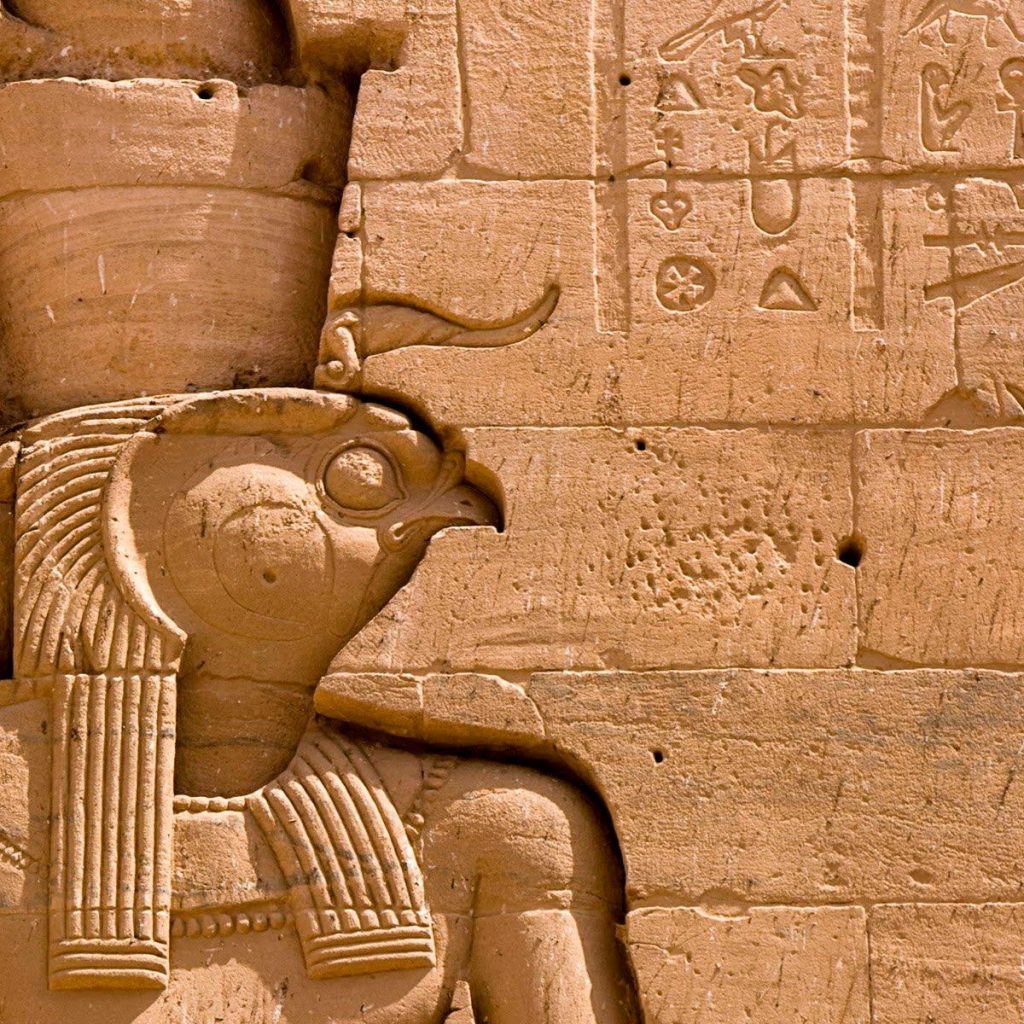
Roles and Symbols Egypt’s Gods and Goddesses
Each deity had distinct roles, symbols, and attributes.
- Ra symbolized life, warmth, and growth, often represented with a sun disk and the sacred scarab beetle.
- Osiris, representing resurrection and eternal life, was symbolized by the pharaoh’s crook and flail.
- Horus embodied protection and kingship, symbolized by the eye of Horus, a powerful protective symbol.
- Anubis, the jackal-headed god, was associated with mummification and the weighing of the heart in the afterlife.
- Hathor’s symbols included the sistrum, a musical instrument, and the cow, representing motherhood and fertility.
- Thoth, associated with writing and knowledge, was represented with an ibis head or as a baboon and held the writing tools.
Egypt’s Gods and Goddesses, These deities were worshiped fervently in temples across Egypt, and their significance extended into daily life, influencing art, architecture, and religious practices. Their roles and symbols formed the basis of elaborate rituals, festivals, and cultural beliefs, shaping ancient Egyptian society and spirituality for millennia in
The evolution of Egyptian mythology unfolded over millennia, marked by shifts in religious beliefs and practices influenced by various social, political, and cultural changesEgypt’s Gods and Goddesses,.
Changes in the Pantheon Across Different Dynasties:Egypt’s Gods and Goddesses ,
Egyptian mythology exhibited remarkable continuity, yet it underwent transformations across dynasties. In the Early Dynastic Period, deities like Ra and Horus gained prominence, reflecting the significance of the sun and kingship. As the Old Kingdom emerged, the god Osiris rose to prominence, representing ideas of resurrection and the afterlife. This shift indicated a growing emphasis on personal salvation and a shift from a focus on the pharaoh’s divinity.
During the Middle Kingdom, Amun became a central deity, later combining with the sun god Ra to form Amun-Ra, reflecting a unification of cults. This amalgamation demonstrated the consolidation of power and the prominence of state gods.
The New Kingdom witnessed further developments, with Akhenaten’s religious reforms elevating the sun disk, Aten, as the singular deity and advocating for monotheistic worship. However, after his reign, traditional beliefs were restored, emphasizing multiple gods and goddesses once more.
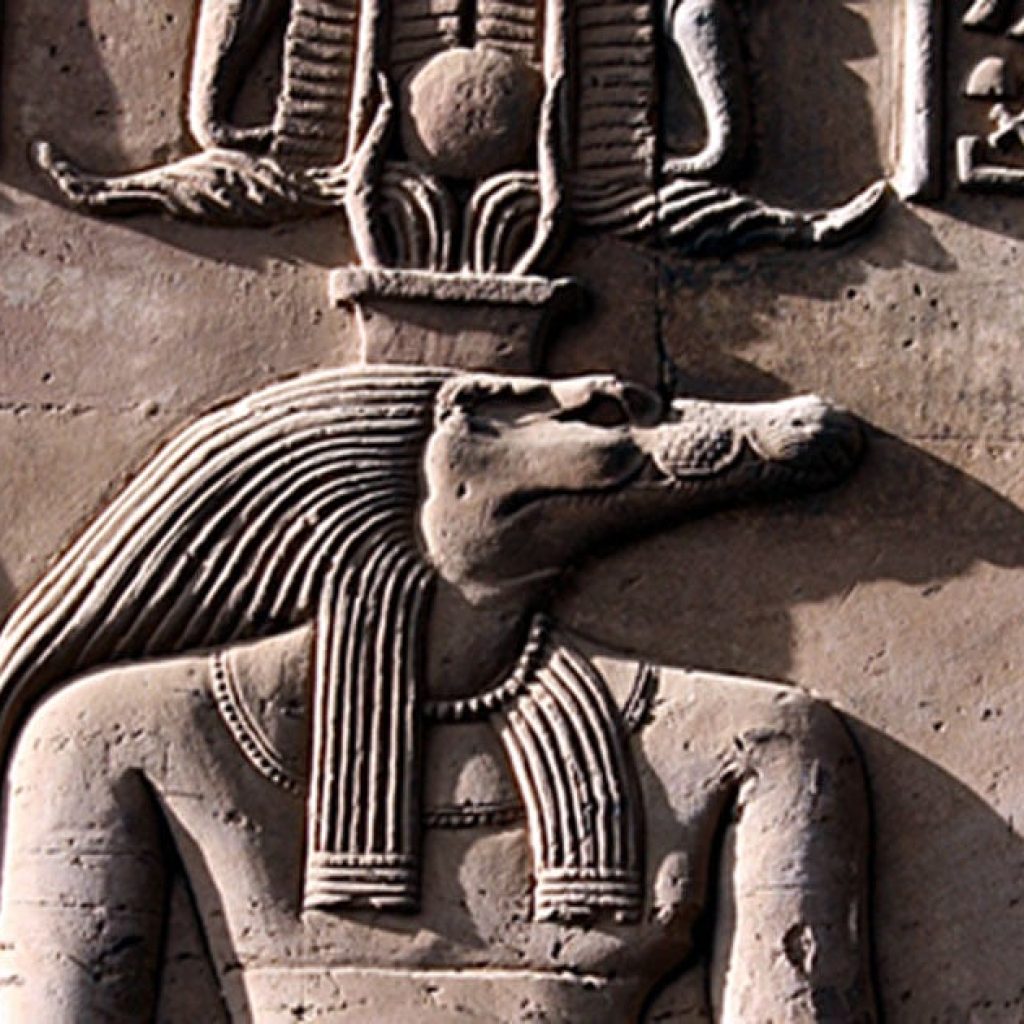
Influence of Political and Social Factors on Religious Beliefs:
Political changes significantly impacted religious beliefs. Pharaohs often aligned themselves with specific gods, attributing their authority to divine connections. The interaction between political power and religious authority was apparent, and deities’ prominence could fluctuate with changing rulers in Egypt’s Gods and Goddesses.
Social factors, including societal structures and beliefs, also influenced mythology. Religious beliefs were deeply ingrained in daily life, guiding social norms, rituals, and governance. The gods were revered as protectors and sources of guidance, and their stories shaped the moral and ethical principles of Egypt’s Gods and Goddesses.
Moreover, in Egypt’s Gods and Goddesses, societal changes, such as invasions or foreign influences, could introduce new deities or alter existing beliefs. For instance, the conquests of Alexander the Great introduced Greek influences to Egyptian religion, leading to syncretism, where Greek and Egyptian gods were sometimes equated toEgypt’s Gods and Goddesses .
In summary, the evolution of Egyptian mythology was a dynamic process influenced by a complex interplay of political, social, and cultural factors. Changes across dynasties reflected shifting power dynamics, religious reforms, and societal transformations, highlighting the flexibility and adaptability of ancient Egyptian religious beliefs over time.
The gods and goddesses of Ancient Egypt held immense cultural and historical significance, shaping various aspects of art, architecture, and daily life, while also being central to a multitude of rituals, festivals, and religious practices.
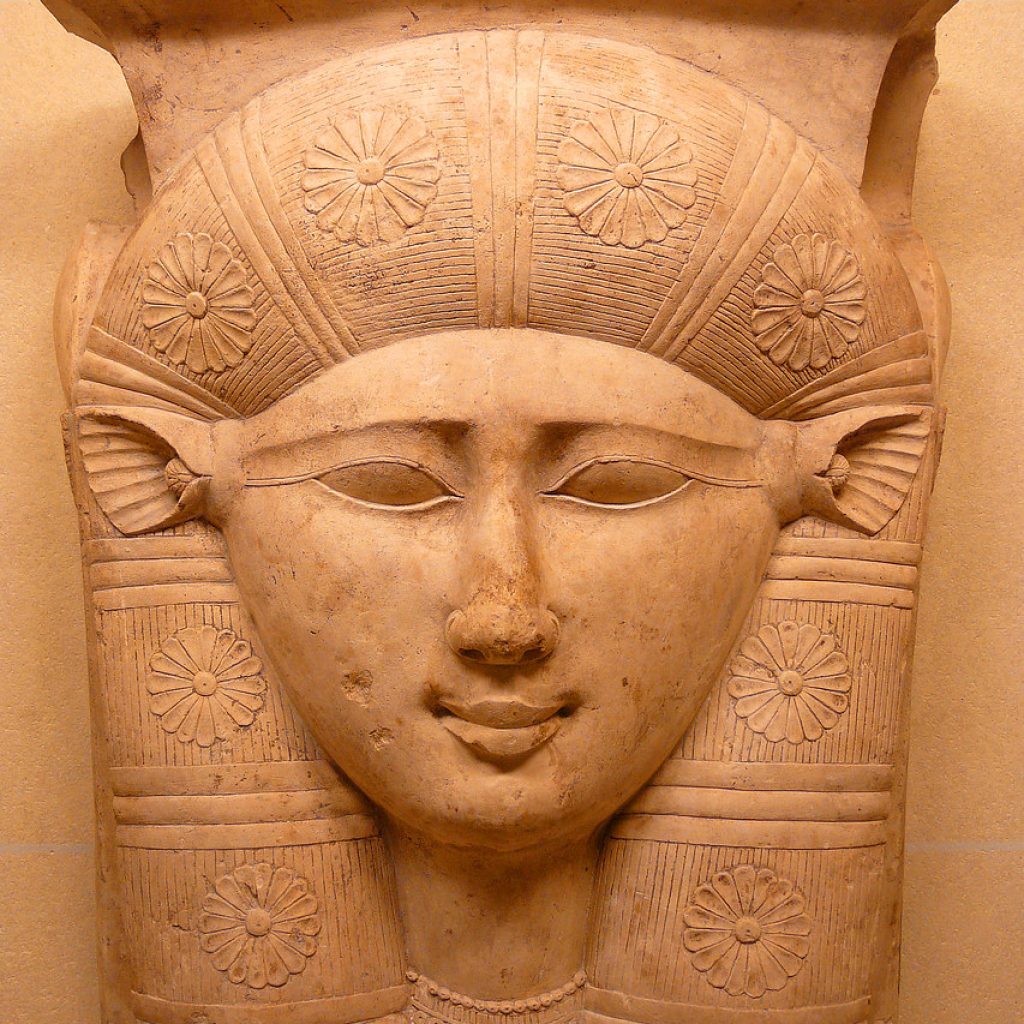
Impact on Art and Architecture: Egypt’s Gods and Goddesses
Egypt’s Gods and Goddesses, Egyptian deities profoundly influenced art and architecture. Temples dedicated to gods and goddesses served as architectural marvels, constructed with intricate designs and adorned with elaborate carvings and paintings. These temples were not only places of worship but also centers of social and economic activity, contributing to the overall cultural landscapeEgypt’s Gods and Goddesses.
The gods were frequently depicted in art, inscriptions, and sculptures. Ra, for instance, was symbolized by a sun disk, Osiris with the crook and flail, and Horus with the falcon. These depictions adorned temples, tombs, and monuments, representing divine protection and blessings of Egypt’s Gods and Goddesses.
Moreover, the construction of pyramids and tombs was often aligned with religious beliefs about the afterlife. These monumental structures were not just burial sites but also symbols of the pharaohs’ divine connections and the eternal nature of the soul.
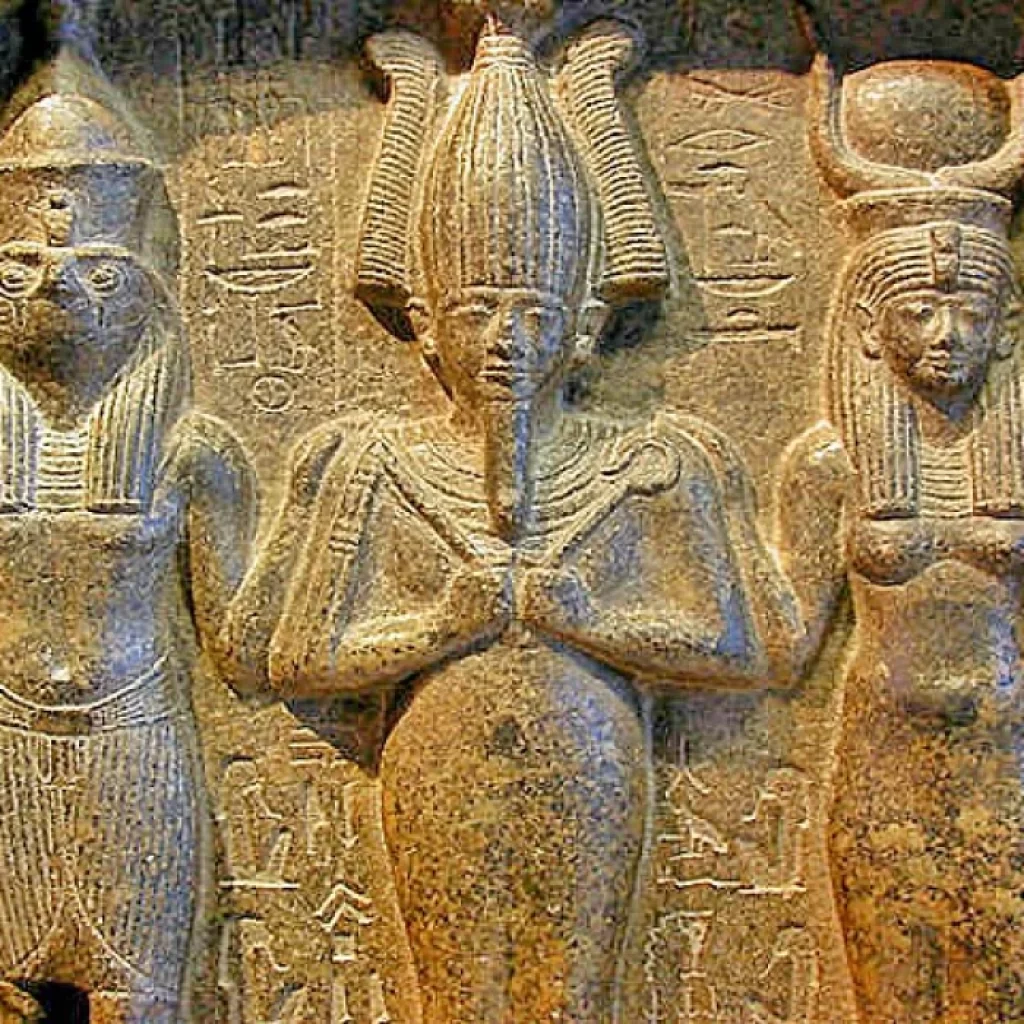
Rituals, Festivals, and Religious Practices:
Rituals and religious practices formed an integral part of ancient Egyptian life. Festivals honoring different deities were celebrated throughout the year, marked by processions, music, dancing, and feasting. These festivals were occasions for the community to come together, reaffirming religious beliefs and seeking the favor of the gods.
Various deities had specific rituals associated with them. For example, the Festival of Opet celebrated the god Amun’s union with his divine wife, Mut, renewing the pharaoh’s divine authority. Offerings, prayers, and hymns were central to these rituals, believed to maintain order and harmony in the cosmos.
Religious practices were also tied to everyday life. Personal amulets, charms, and spells invoking gods were used for protection or healing. Families offered prayers to household gods for blessings and guidance. Additionally, rituals surrounding birth, marriage, and death were intertwined with religious beliefs, emphasizing the gods’ role in these significant life events.
In essence, the gods and goddesses were not just objects of veneration but integral to the fabric of daily life in Ancient Egypt. Their influence permeated art, architecture, and cultural practices, fostering a society deeply connected to its religious beliefs and rituals, and reflecting the importance of spirituality in shaping the civilization’s identity and communal cohesion.
The preservation of ancient Egyptian mythology extends beyond antiquity, leaving an enduring legacy that continues to influence modern culture in various ways, evoking a sustained interest and fascination with the gods and goddesses of Egypt.
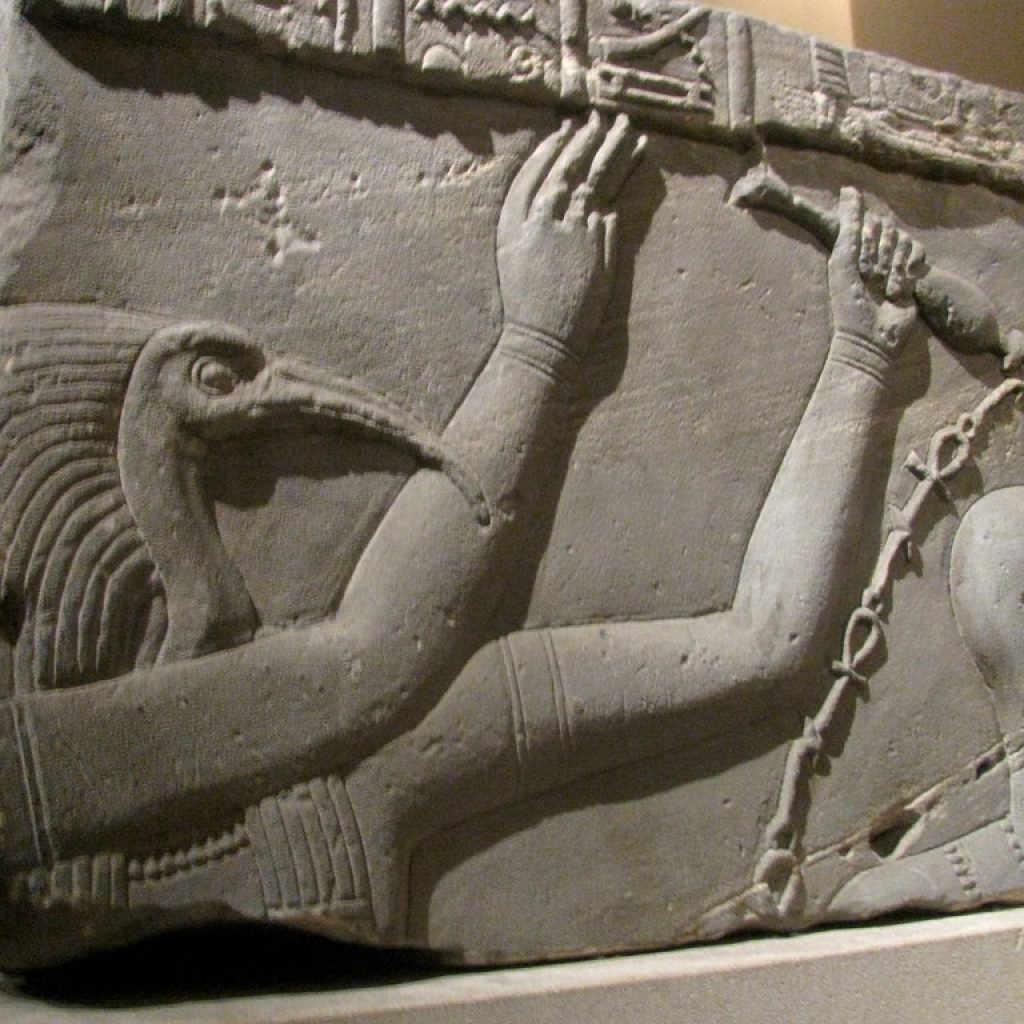
Influence of Ancient Egyptian Myths in Modern Culture:
Egypt’s Gods and Goddesses,Ancient Egyptian myths have left an indelible mark on contemporary art, literature, cinema, and popular culture. Their enduring appeal has inspired countless artistic creations, serving as a wellspring of inspiration for writers, artists, and filmmakers seeking to delve into the mysteries of ancient civilizations.
Literature has frequently drawn upon Egyptian mythology, integrating its stories and symbols into modern narratives. Authors like Agatha Christie and Rick Riordan, among many others, have used Egyptian gods and goddesses as central characters in their novels, reimagining their roles in contemporary contexts.
Similarly, the film industry has explored Egyptian mythology in movies like “The Mummy” franchise, showcasing the allure of ancient Egypt’s mystique, its gods, and the intrigue surrounding mummies and archaeological discoveries.
Moreover, art often incorporates motifs and iconography from Egyptian mythology. Paintings, sculptures, and exhibitions frequently feature depictions of gods and goddesses, pyramids, and hieroglyphs, reflecting a continued fascination with Egypt’s rich cultural heritage.
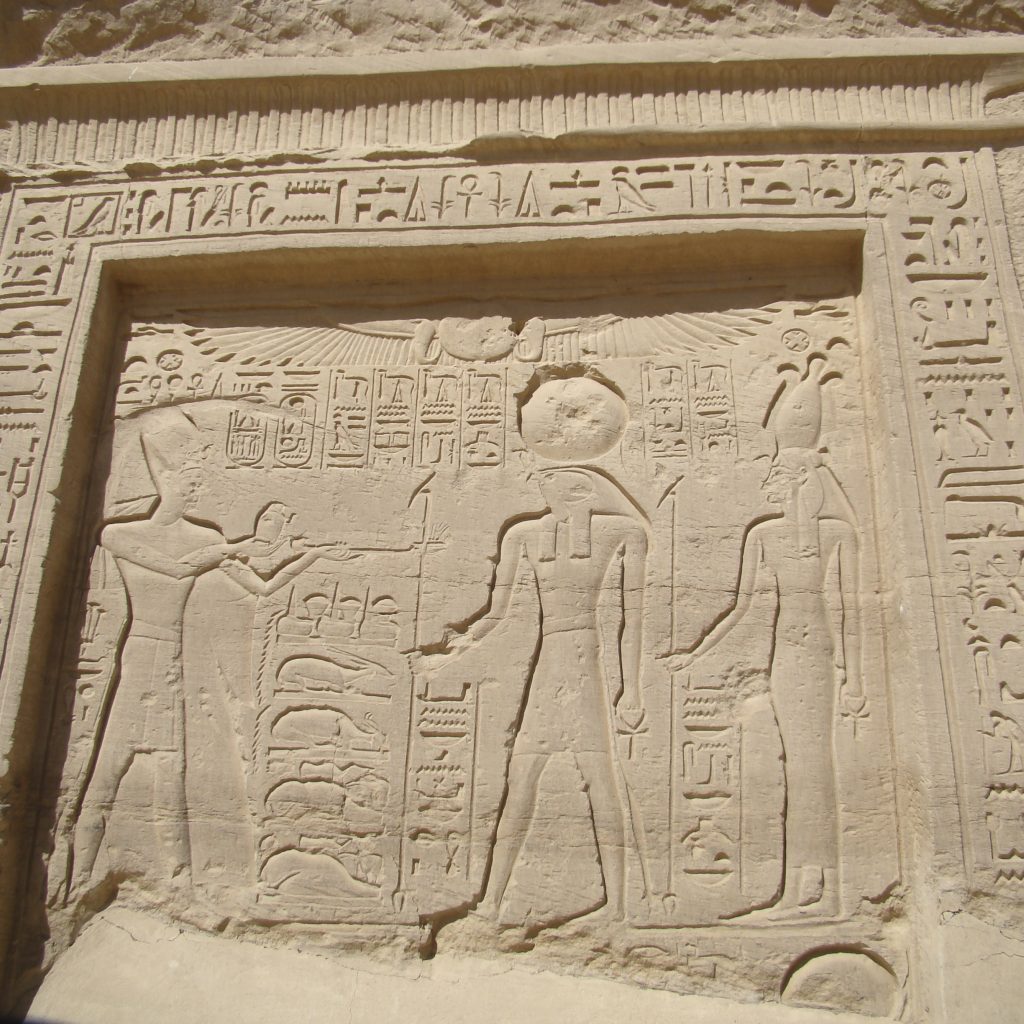
Continuing Interest and Fascination:
The allure of Egyptian gods and goddesses persists due to their captivating stories and enduring symbolism. Their roles in creation, the afterlife, and the cosmic order continue to captivate the imagination, inviting speculation and interpretations that resonate with contemporary audiences.
The fascination with Egyptian mythology extends to academia and popular culture alike. Researchers continue to explore ancient texts, artifacts, and archaeological discoveries, uncovering new insights into the complexities of Egyptian beliefs.
Additionally, the public’s interest in Egyptology remains vibrant, evident through museum exhibitions, travel to archaeological sites, and the popularity of educational programs and documentaries exploring ancient Egyptian history and mythology.
In conclusion, the profound impact of Egyptian myths transcends time, permeating modern culture and fostering an enduring fascination with the gods and goddesses of this ancient civilization. Their influence persists in various forms, contributing to the richness of contemporary artistic expression and fueling an ongoing curiosity about the enigmatic world of ancient Egypt.
The preservation of ancient Egyptian mythology extends beyond antiquity, leaving an enduring legacy that continues to influence modern culture in various ways, evoking a sustained interest and fascination with the gods and goddesses of Egypt.
Influence of Ancient Egyptian Myths in Modern Culture:
Ancient Egyptian myths have left an indelible mark on contemporary art, literature, cinema, and popular culture. Their enduring appeal has inspired countless artistic creations, serving as a wellspring of inspiration for writers, artists, and filmmakers seeking to delve into the mysteries of ancient civilizations.
Literature has frequently drawn upon Egyptian mythology, integrating its stories and symbols into modern narratives. Authors like Agatha Christie and Rick Riordan, among many others, have used Egyptian gods and goddesses as central characters in their novels, reimagining their roles in contemporary contexts.
Similarly, the film industry has explored Egyptian mythology in movies like “The Mummy” franchise, showcasing the allure of ancient Egypt’s mystique, its gods, and the intrigue surrounding mummies and archaeological discoveries.
Moreover, art often incorporates motifs and iconography from Egyptian mythology. Paintings, sculptures, and exhibitions frequently feature depictions of gods and goddesses, pyramids, and hieroglyphs, reflecting a continued fascination with Egypt’s rich cultural heritage.
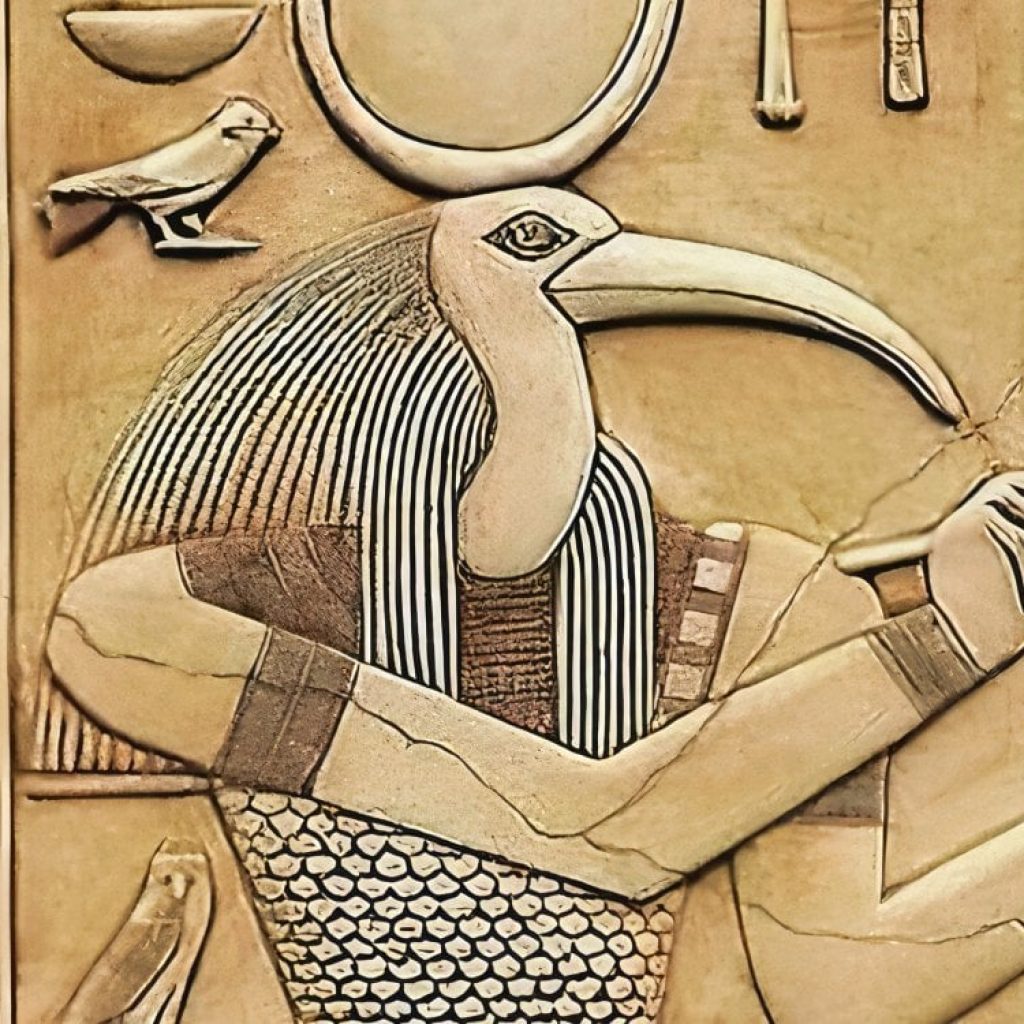
Continuing Interest and Fascination:
The allure of Egyptian gods and goddesses persists due to their captivating stories and enduring symbolism. Their roles in creation, the afterlife, and the cosmic order continue to captivate the imagination, inviting speculation and interpretations that resonate with contemporary audiences.
The fascination with Egyptian mythology extends to academia and popular culture alike. Researchers continue to explore ancient texts, artifacts, and archaeological discoveries, uncovering new insights into the complexities of Egyptian beliefs.
Additionally, the public’s interest in Egyptology remains vibrant, evident through museum exhibitions, travel to archaeological sites, and the popularity of educational programs and documentaries exploring ancient Egyptian history and mythology.
Conclusion
In conclusion, the profound impact of Egyptian myths transcends time, permeating modern culture and fostering an enduring fascination with this ancient civilization. Their influence persists in various forms, contributing to the richness of contemporary artistic expression and fueling an ongoing curiosity about the enigmatic world of ancient Egypt.
The gods and goddesses of ancient Egypt left a timeless legacy, shaping the cultural, religious, and artistic landscape of humanity. Their enduring significance resonates through the ages, exemplifying the rich heritage and profound impact of Egyptian mythology that continue to captivate and inspire the world today.
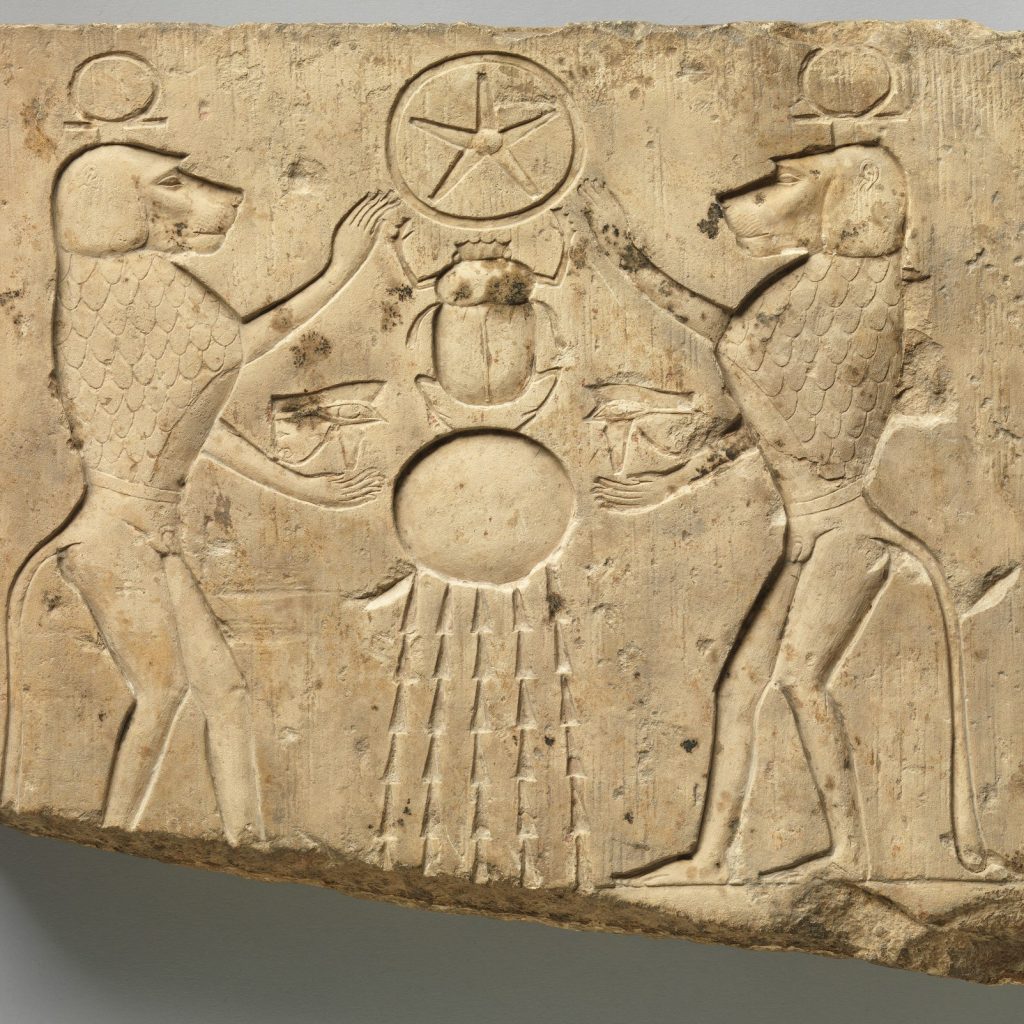
Enduring Legacy of Egypt’s Gods and Goddesses:
These divine beings held immense influence in ancient Egypt, representing the fundamental elements of life, spirituality, and cosmic order. Their roles in creation, preservation, and the afterlife were interwoven into every facet of society, from art and architecture to religious practices and daily life.
The myths and symbols associated with these deities endured across millennia, surviving dynastic changes, conquests, and shifts in belief systems. Their stories, infused with mysticism and symbolism, reflect human aspirations, values, and beliefs that transcend time and culture.
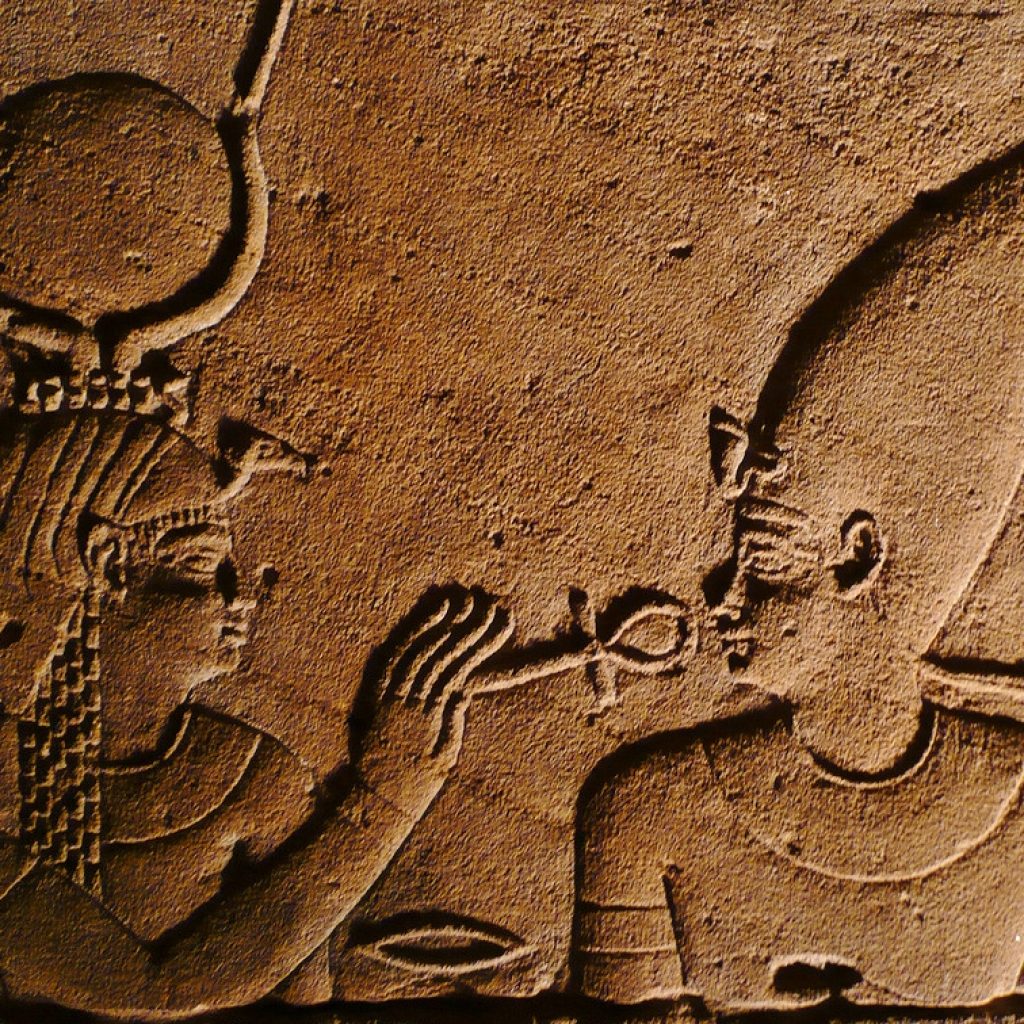
Reflection on Significance and Continued Relevance:
Despite the passage of thousands of years, ancient Egypt remains relevant and influential in contemporary culture. Their enduring legacy persists through literature, art, cinema, and popular culture, continuing to captivate imaginations and inspire creative endeavors.
Moreover, the enduring fascination with Egyptian mythology reflects a universal human quest for understanding the mysteries of existence, the cycle of life and death, and the complexities of spirituality. The symbolism and narratives associated with these deities resonate with themes of rebirth, wisdom, protection, and eternal truths that continue to speak to people across cultures and generations.
Their significance lies not only in their historical importance but also in their ability to transcend temporal boundaries, offering insights and inspiration that resonate in our modern world.of ancient Egypt stand as timeless symbols of human imagination, spirituality, and the enduring quest to comprehend the mysteries of life itself.





Comment (0)